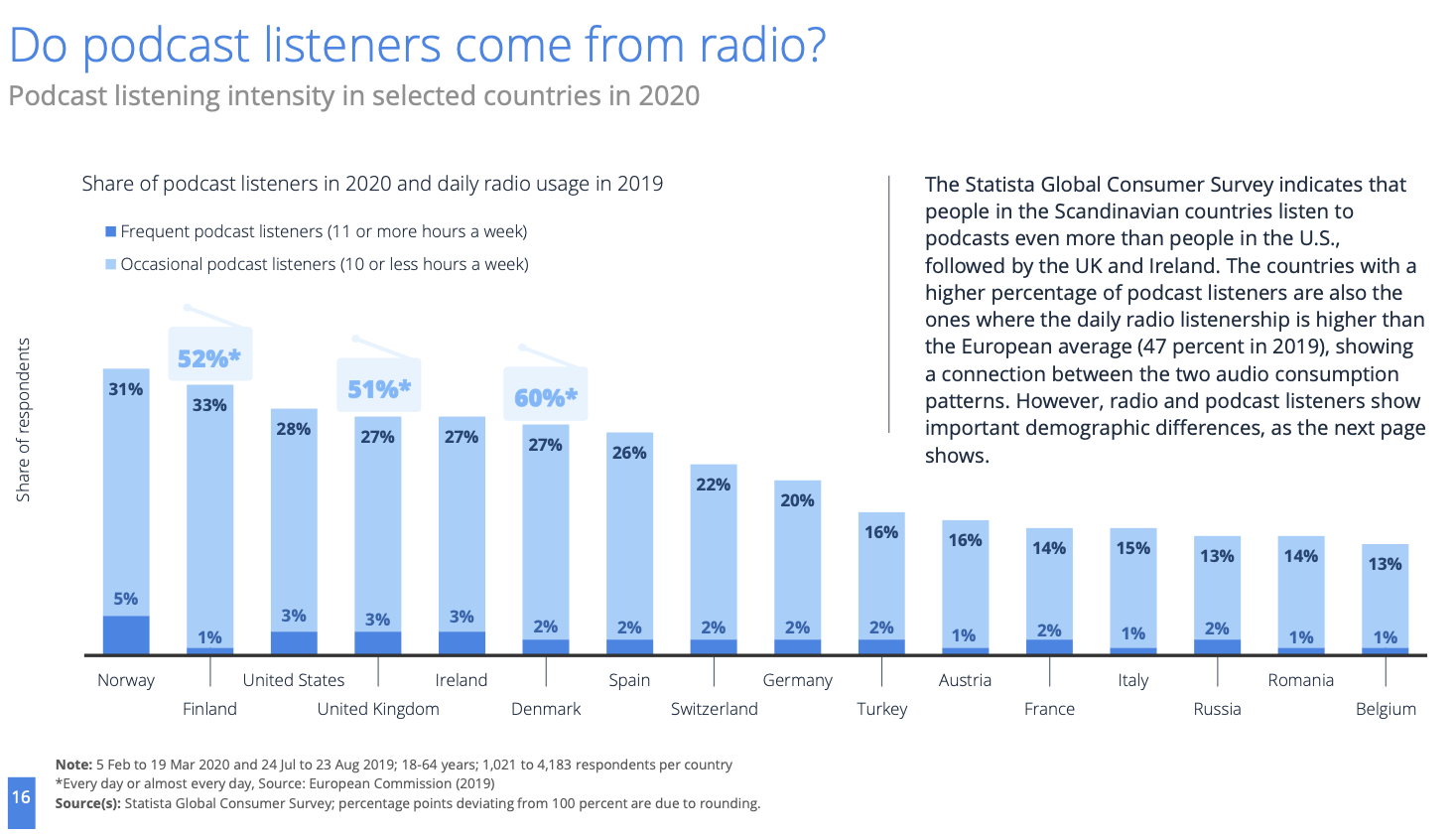Part of our business here at Bridge Ratings over the last seven years has focused on music streaming research to assist radio programmers in properly aligning their on-air playlists with the songs their audience is listening to when not listening to the radio.
Our client stations have found this information very useful and helpful in increasing time-spent listening and daily listening occasions.
We certainly have found programmers in this business unwilling to utilize this valuable resource of our on-demand music streaming data for a number of reasons. This is what we’ve learned:
Some radio programmers play songs with little or no streaming consumption for a variety of reasons.
Why do music consumers prefer streaming services over radio?
First, we’re told that some radio stations have a goal to provide their listeners with a diverse range of music, and not just what is popular or heavily streamed at the moment. This helps them cater to a wider audience and attract listeners who enjoy a variety of music styles.
Second, some radio stations may play lesser-known or under-the-radar songs as a way to discover and promote new artists and music. This can be seen as a way of supporting the music industry and helping new artists gain exposure and recognition.
Third, radio stations may also play older songs that may not be as popular in terms of streaming, but still have a dedicated fanbase or hold sentimental value to listeners.
Finally, radio stations may choose to play songs with low streaming numbers as a way to differentiate themselves from other radio stations or streaming services, which tend to prioritize popular music. By playing a more eclectic mix of music, radio stations can offer a unique listening experience and build a loyal audience.
Interesting insights, yes, but does this approach yield higher ratings which can be monetized which is the real reason radio stations operate in the first place.
Diversity: According to a Nielsen study, radio listeners in the United States are exposed to a diverse range of music, with an average of 12 different genres played in a typical week. This shows that radio stations prioritize playing a diverse mix of music, even if it may not be heavily streamed.
Promotion of new artists: A report from the Radio Advertising Bureau found that radio remains the number one source for discovering new music, with 63% of people saying they discovered new music through radio. This demonstrates the role that radio plays in promoting new artists and music, even if it may not have high streaming numbers yet.
Nostalgia: A survey by the website Vinyl Me, Please found that 84% of respondents said they listen to music on the radio because it brings back memories and emotions from their past. This highlights the importance of playing older, nostalgic songs on the radio, even if they may not have high streaming numbers.
Differentiation: According to a report from Edison Research, 45% of radio listeners in the United States say they listen to the radio because they like the variety of music played. This highlights the importance of radio stations offering a unique mix of music that sets them apart from other media sources, and the willingness of listeners to tune in for this reason.
In the land of traditional radio, most markets are saturated with radio stations, many of which have comparatively few listeners. But these stations serve a purpose as highlighted above, to offer variety, choice and a different way of providing musical entertainment. These approaches rarely create ratings gold. There are several commercial stations that do well financially with a variety approach, but most do not.
In our work with station ownership and programmers, we have learned that most radio listeners use traditional radio for familiar music and tune-in primarily in the car when instant gratification is required. These same listeners who use radio several times a week mostly discover new songs and unfamiliar older songs through streaming services and get their fix for this type of listening experience due to the ease and simplicity of streaming services. Streaming and radio listening are joined at the hip and those radio listeners who also stream music, utilize both platforms in a symbiotic way using radio to find songs they wish to add to their playlists and using on-demand streaming to discover songs they may want to hear on their favorite station.







